Lancaster to Carlisle railway celebrated in pictures
- Published
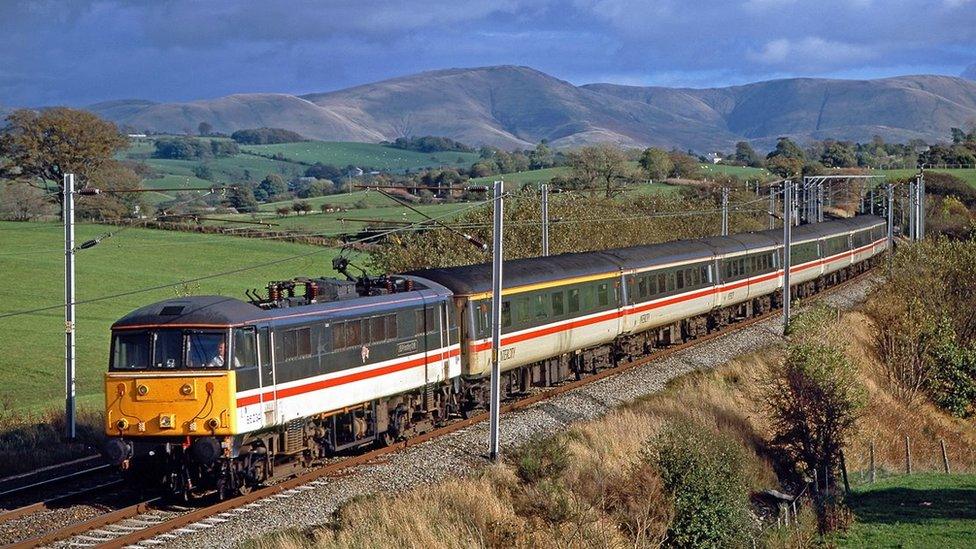
The route between Lancaster and Carlisle forms a key part of the West Coast Mainline, as shown at Docker by the electric loco 86234 JB Priestley O.M heading from Glasgow to Brighton on 28 October 1995
The history of a train line is being celebrated on its 175th anniversary.
The Lancaster to Carlisle route opened on 15 December 1846 and formed a key part of the West Coast Mainline.
Photographic displays are being held at stations on the line organised by Cumbrian Railways Association, Avanti West Coast, Network Rail and the Cumbria Community Rail Partnership.
Historians said the 69-mile line was a notable achievement, being built in 30 months.
As well as photo displays at Penrith and Carlisle stations, commemorative plaques celebrating the anniversary are also being unveiled.
Cumbrian Railways Association chairman Philip Turner said: "This milestone of railway construction should be properly recognised and celebrated as a key event for Cumbria and the railway network as a whole."
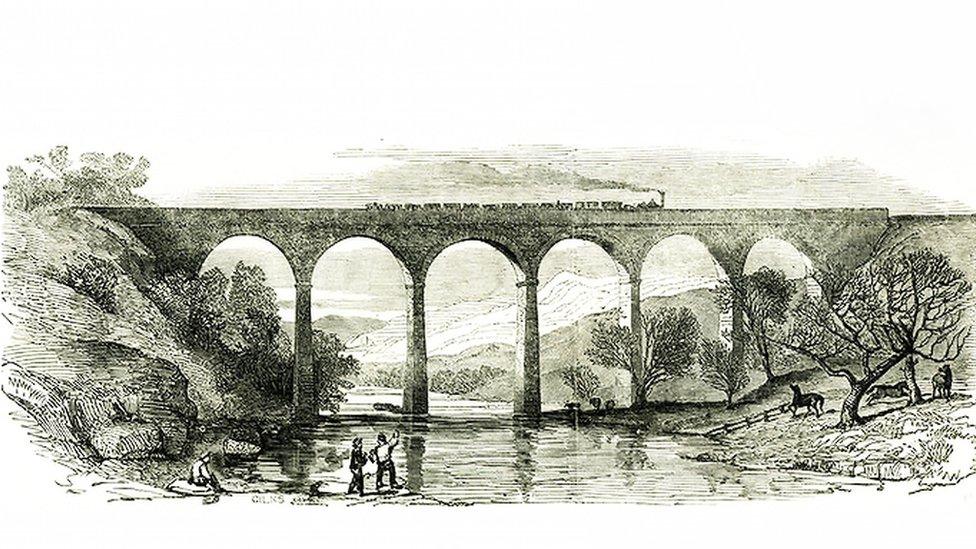
The earliest days of the railway were captured in engravings, such as this depiction of the Lowther viaduct south of Penrith
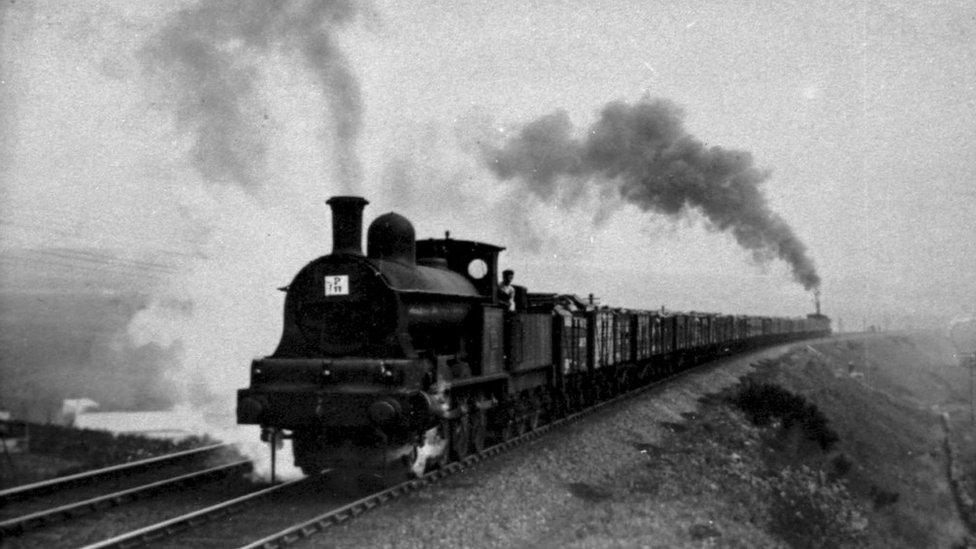
One of the line's greatest feats was getting up and over Shap Fell, as shown here by a coal train heading from South Wales to the Grand Fleet in Scapa Flow during World War One
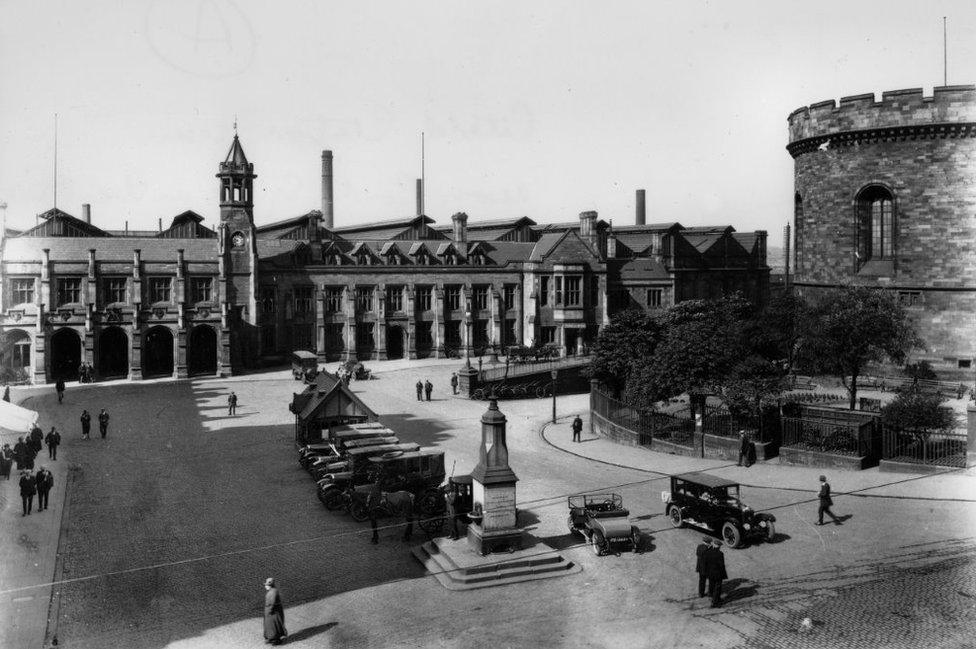
Carlisle Citadel station, pictured here in about 1910, became the city's main station when it opened in 1847
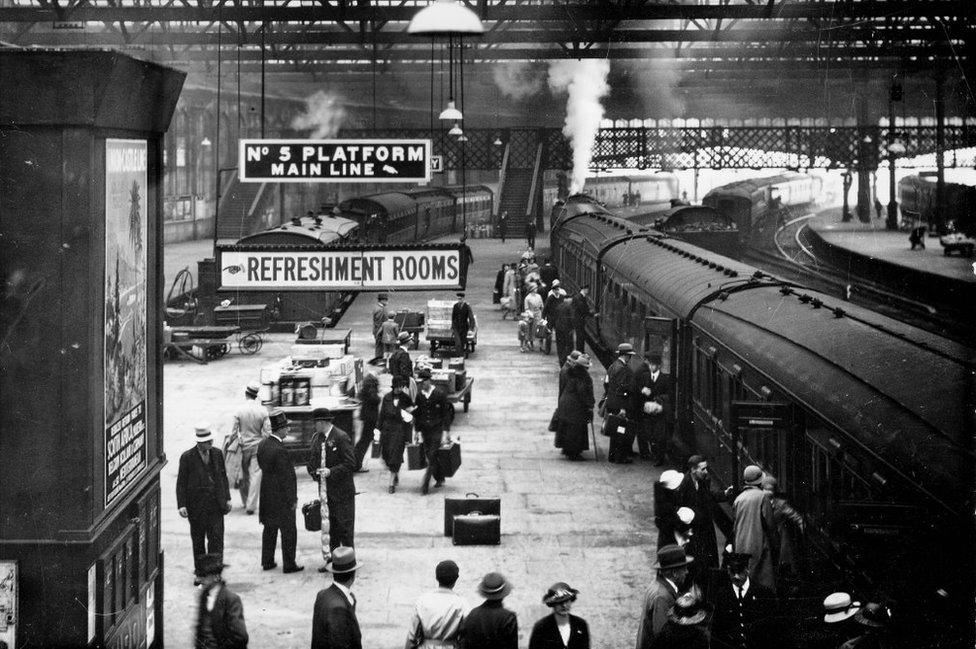
The station was a key stopping point for the London to Glasgow trains, as shown here in the 1930s
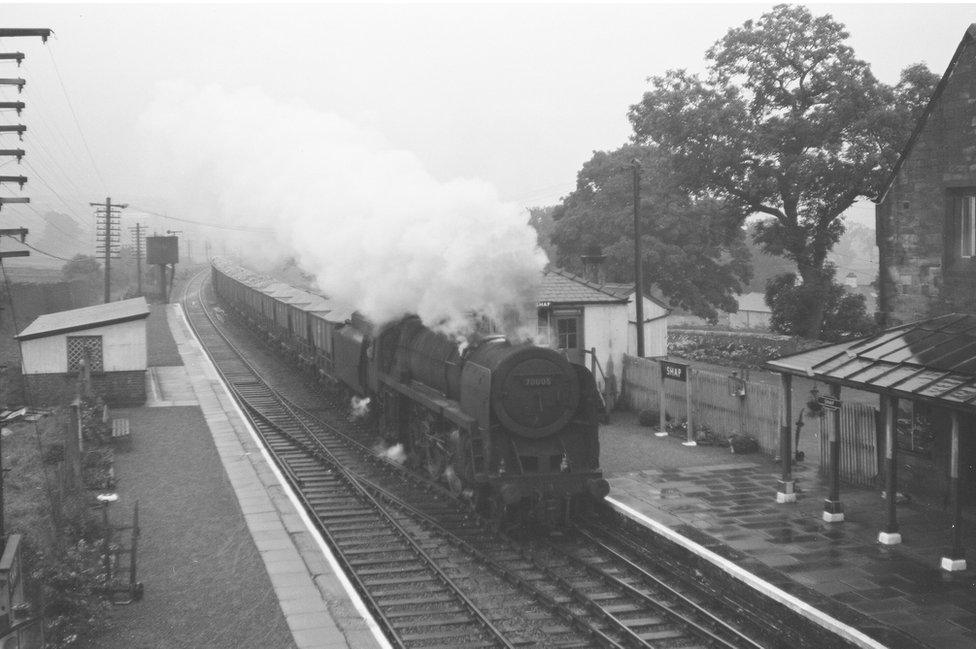
Shap Station, as seen here when a train carrying lime from the nearby Hardendale Quarry to Ravenscraig steel works near Motherwell passed through, was open from 1846 to 1968
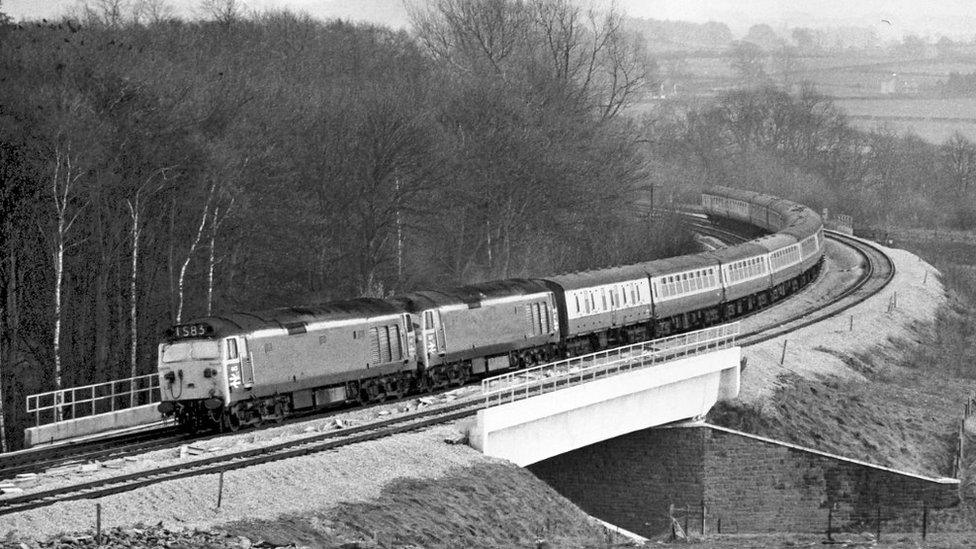
Two English Electric Class 50s cross the new A66 bridge at Redhills, Penrith in March 1972 with a Euston to Glasgow express. These locomotives worked passenger services from Crewe and Preston to Glasgow until electrification of the route was completed in 1974

The St Nicholas Crossing south of Carlisle Station, pictured in about 1878, was where the Lancaster and Carlisle line crossed the Newcastle to Carlisle line. It was the site of an accident in 1870 in which six people died, leading to the replacement of the crossing with bridges which also reduced delays and congestion
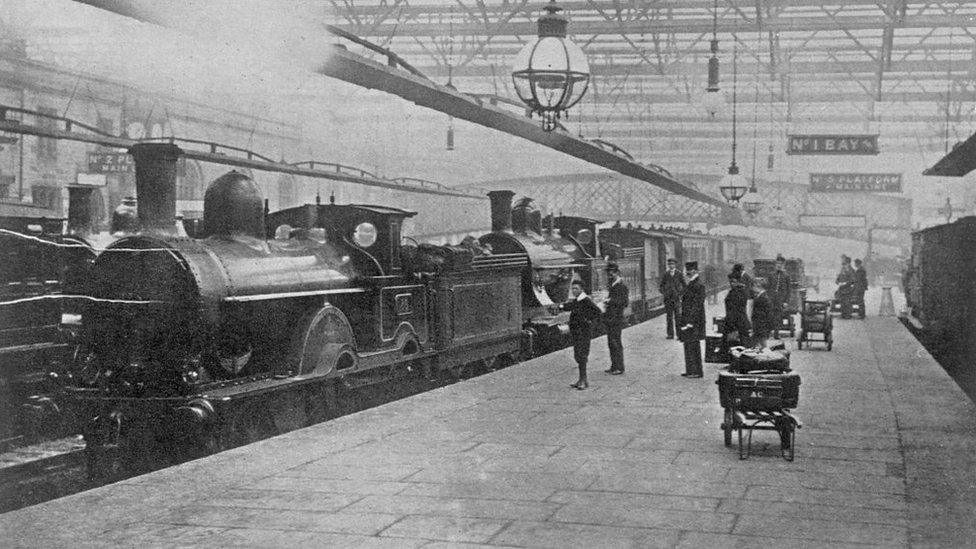
A London and Northern West train prepares to leave Carlisle Citadel station in 1900

The Maryport and Carlisle locomotive No 5 pulls a train out of Carlisle in about 1910

Also pictured in about 1878 is the construction of a new viaduct north of Carlisle Citadel station
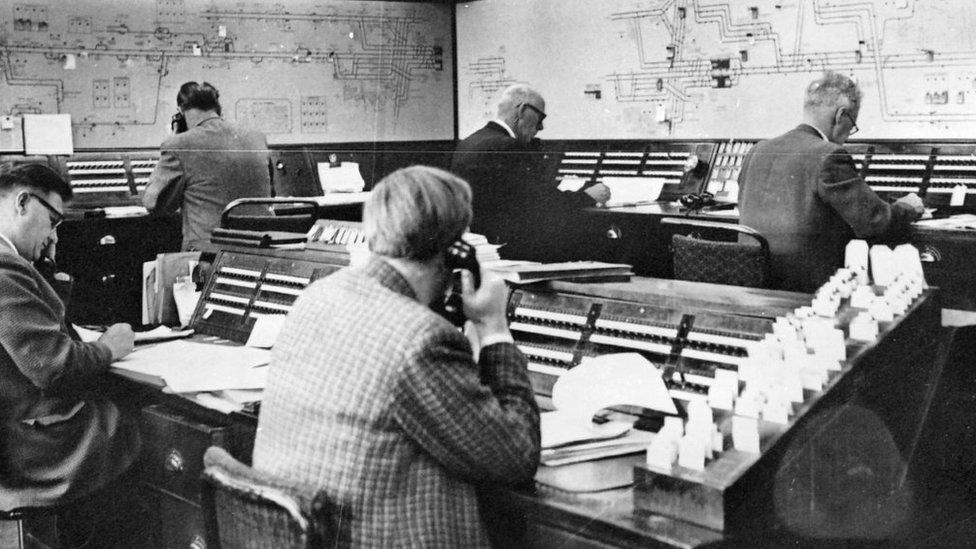
The control office in Carlisle has been a hub of activity, as seen in the 1960s

Penrith Station, pictured here in about 1951, was a dropping off point for West Coast Mainline passengers wanting to visit the north end of the Lake District

A Class 86 electric locomotive on an Anglo-Scottish service passes Carlisle Power Signal Box in 1985
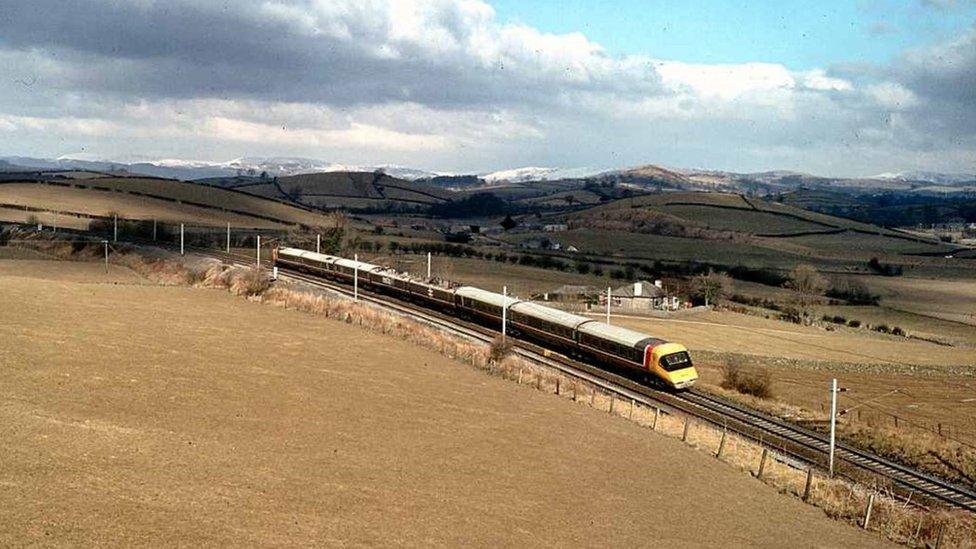
The Advanced Passenger Train (APT) 370003 and 370001 test train, passing Hincaster on the West Coast Main Line on 28 February 1986

Follow BBC North East & Cumbria on Twitter, external, Facebook, external and Instagram, external. Send your story ideas to northeastandcumbria@bbc.co.uk, external
Related topics
- Published6 October 2021
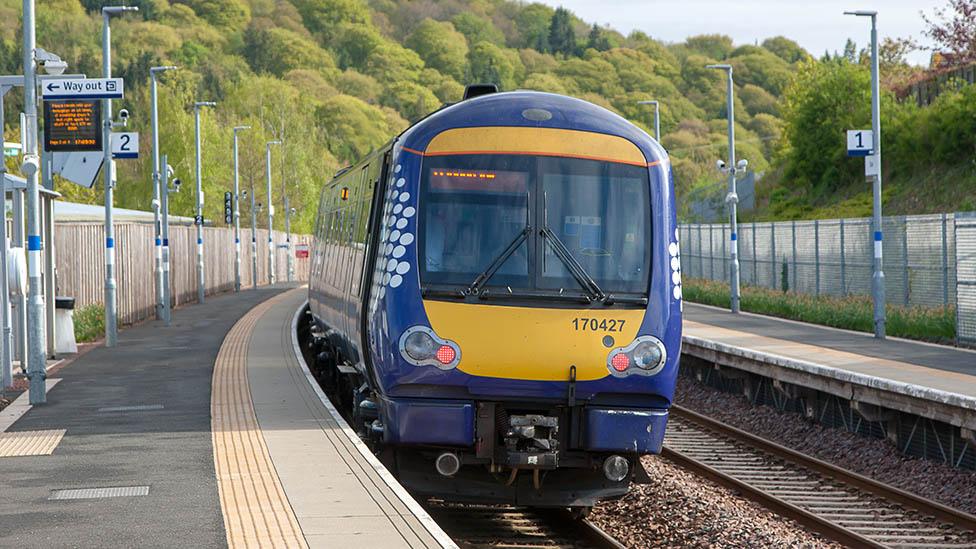
- Published18 April 2021
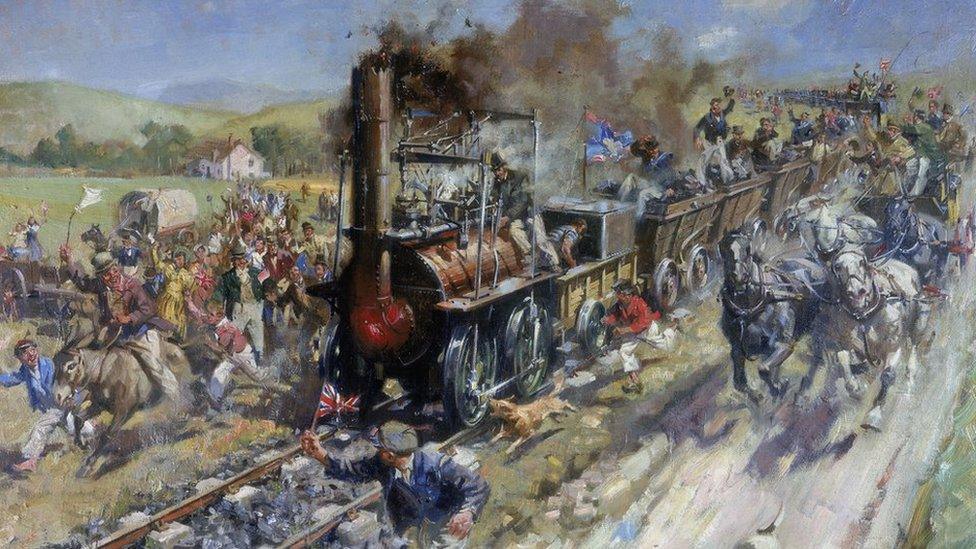
- Published10 April 2014
